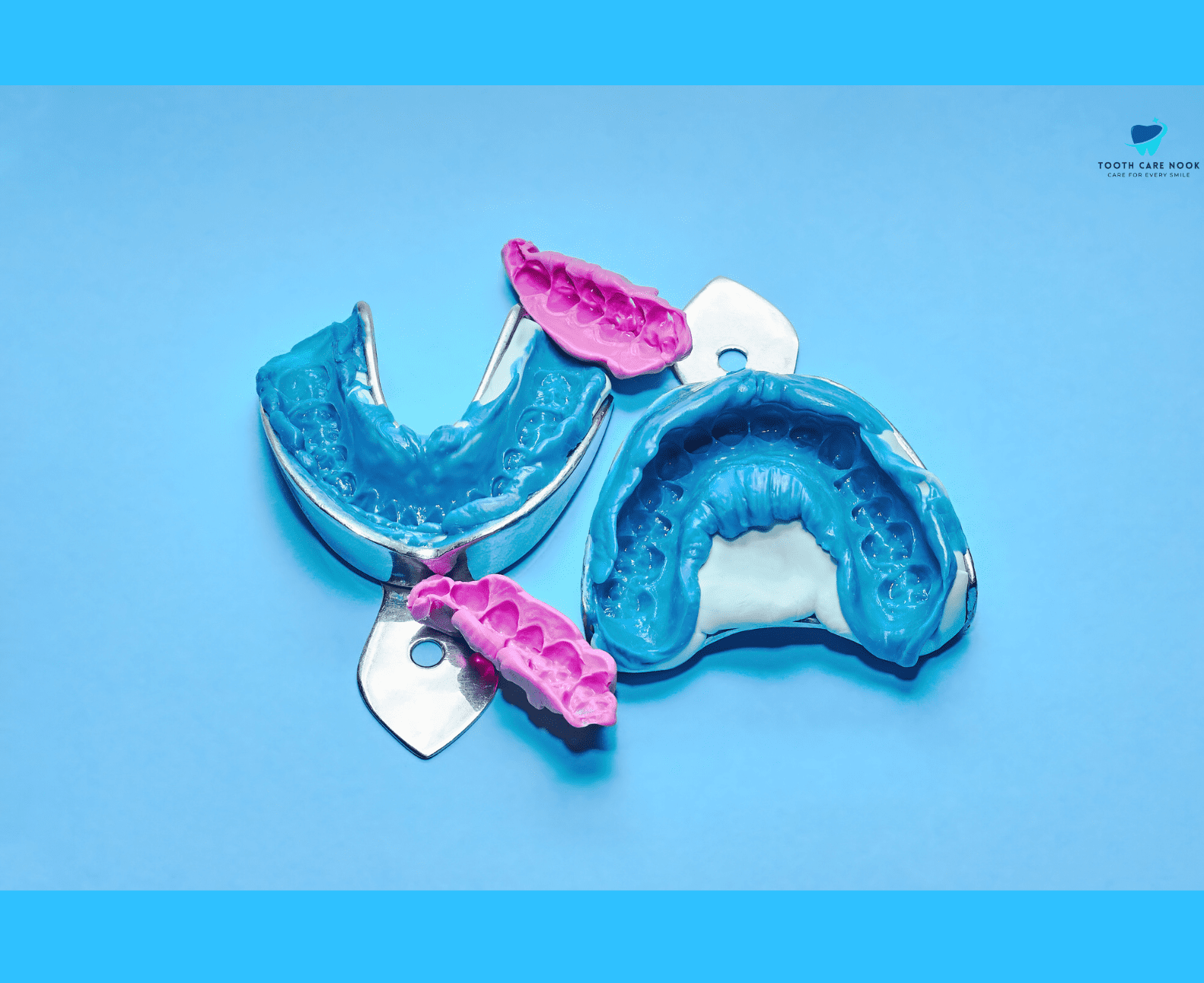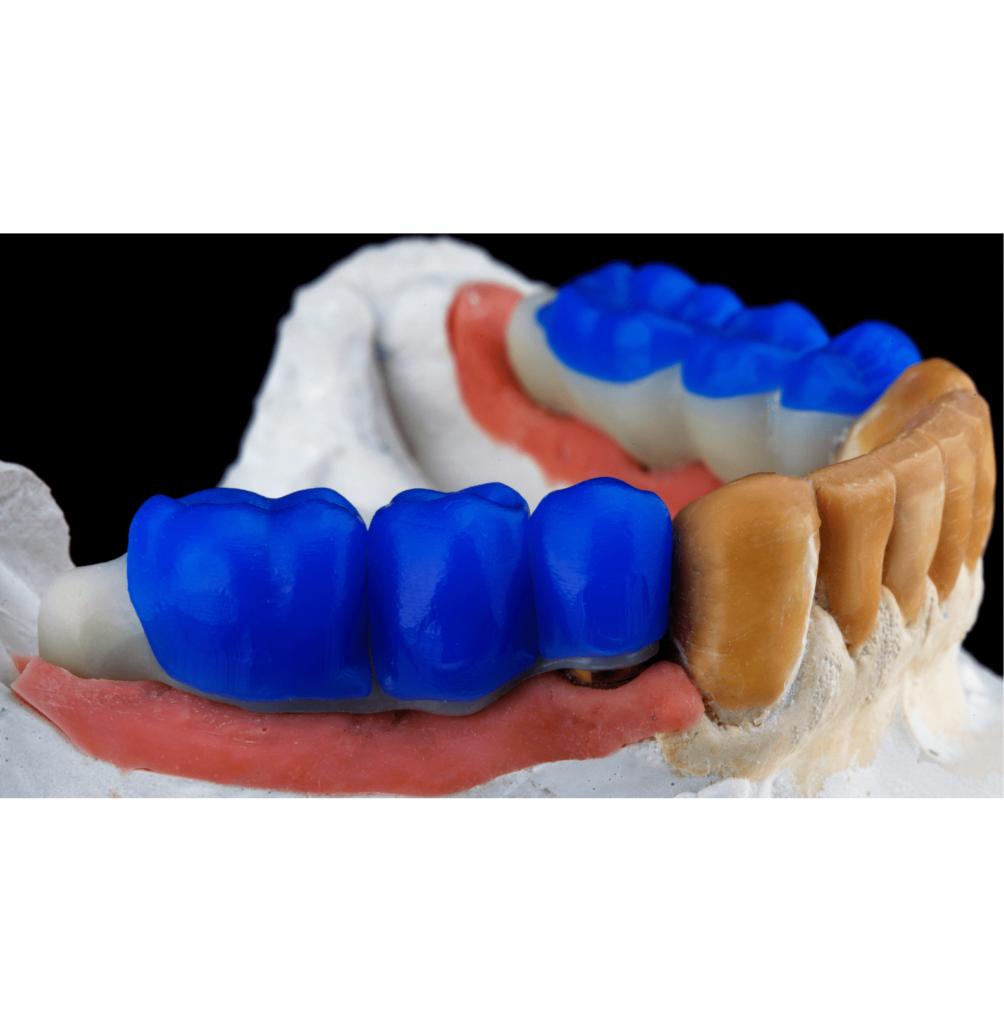What Is a Wax-Up in Dental?
A wax-up in dentistry is a process used by dentists and dental technicians to create a physical model of a patient’s teeth restoration before it’s fabricated. During a wax-up, the dentist or technician shapes and sculpts wax to copy the desired final appearance of the restoration, such as crowns, veneers, or bridges.
What is The Significance of Diagnostic Wax-Up?
Visualizing and Evaluating Dental Changes:
Wax models allow dentists and patients to visualize and evaluate proposed changes to teeth in terms of size, shape, and alignment. This visualization helps both parties understand the planned alterations before any permanent changes are made.
Treatment Planning and Communication:
Wax models serve as a valuable tool for planning and communication between the dental team and the patient. They facilitate discussions about treatment options, ensuring that the patient’s expectations and functional needs are met.
Approval Process in Dental Restorations:
Once the wax-up is approved, it serves as a blueprint for creating the final restoration. This approval step ensures that the final restoration accurately reflects the desired changes discussed during the planning phase.
Optimal Dental Restoration Outcomes:
Creation of the final restoration based on the approved wax model helps achieve optimal esthetic and functional outcomes. It minimizes the need for adjustments or revisions after the restoration is placed in the patient’s mouth, saving time and resources.
How to Do a Wax-up Dentistry?
Here’s the step-by-step process of doing a wax-up in dentistry:
Wax Addition:
The dentist will obtain dental impressions of your teeth using impression materials to create accurate models of their oral structures. With the help of these models, your dentist will create a diagnostic wax-up, which involves adding wax to simulate the desired changes to the teeth.
By using dental wax to build up the teeth according to the planned changes dentist will discuss them with you. Then he or she will sculpt the wax to achieve the desired size, shape, and alignment of the teeth by paying attention to esthetic and functional considerations.
Evaluation and Adjustment:
Once the wax-up is complete, your dentist will evaluate it carefully to ensure that it meets your expectations and functional needs. By necessary adjustments to the wax-up based on feedback from you and the dental team.
The dentist will present the wax-up to you for final approval before proceeding with any permanent alterations. You can discuss the proposed changes and address any questions or concerns you may have.
Blueprint for Final Restoration:
Once the wax-up is approved, it serves as a blueprint for creating the final restoration in materials such as ceramic or composite resin. Your dentist will use the wax-up as a guide to fabricate the final restoration which ensures that it accurately reflects the planned changes.
How Denture Wax Up Works
The wax-up dentures serve as a guide for fabricating the final dentures. The wax-up is used to create a mold for casting the denture base and teeth in materials such as acrylic resin or porcelain.
The denture wax-up process allows for the creation of custom-fitted dentures that provide optimal comfort, function, and esthetics for patients. It ensures a natural-looking smile and improved quality of life.
What Is The Wax Used For in Dentures?
Following are some common dental waxes that are used throughout the fabrication process of dentures include:
- Baseplate Wax
- Utility Wax
- Bite Registration Wax
- Try-In Wax
- Processing Wax

How Veneer Wax-Up Works
In veneer wax-up, dental wax is used to create prototypes of veneers based on the patient’s dental impressions. These wax prototypes mimic the desired size, shape, and color of the final veneers. They are then temporarily placed on the teeth or a model for assessment.

